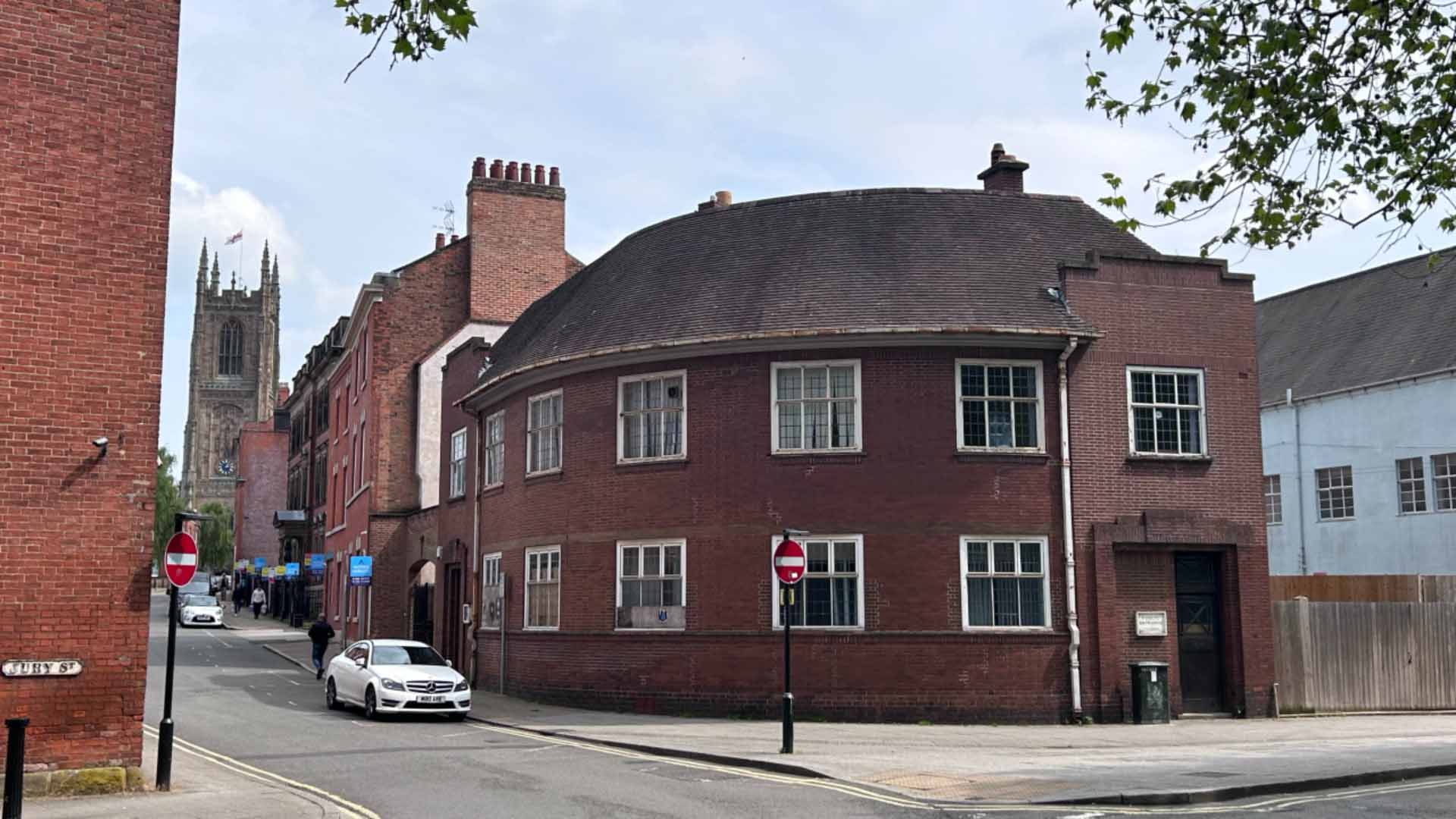Building Safety Act 2025: Essential Developer Guide
The Building Safety Act 2025 introduces major changes to UK construction. Learn the new rules and how to stay compliant.

The Building Safety Act 2025 changes everything about building and managing properties in the UK. You must understand these new rules if you're a developer, property owner, or construction worker. The Building Safety Regulator now has more power to check and enforce safety standards. This means everyone involved in building projects faces greater responsibility for safety.
At INCO Architecture & Project Management, we're helping clients across the UK understand and meet these new requirements. Let's break down what you need to know.
What's Changing?
The new Act is the most significant change to building safety in over 40 years. It affects every stage of a building's life - from design to demolition. The government created these rules after extensive consultation with the construction industry.
For anyone looking for construction near me, these changes matter. You'll need to work with companies that understand the new rules. The Act requires:
• Better qualified professionals on every project
• More detailed record-keeping
• Regular safety checks during construction
• Bigger fines for breaking the rules
The New Safety Regulator
The Building Safety Regulator is like a watchdog for the construction industry. They have new powers to:
• Check that high-risk buildings must be registered
• Inspect construction sites without warning
• Review all safety documents
• Issue stop notices on unsafe work
• Prosecute companies that break safety rules
Our project management Derby team has seen how seriously the Regulator takes these responsibilities. They're not just checking paperwork - they want to see real safety improvements on every site.
Who's Responsible Now?
The Act names specific people who must ensure buildings are safe. These "duty holders" include:
• Principal Designers: Must plan for safety from the start
• Principal Contractors: Responsible for safe construction
• Building Safety Managers: Look after safety once buildings are occupied
If something goes wrong, these people can face criminal charges. That's why INCO design teams work closely with clients to ensure safety from day one.
The Golden Thread
Think of the "golden thread" as a building's life story. It's a digital record that includes:
• All design decisions and changes
• Materials used in construction
• Safety systems installed
• Maintenance and inspection records
This information must be kept updated and passed on when buildings change hands. Our INCO team helps set up systems to manage this information correctly.
Working with Local Authorities
The new Act doesn't replace existing planning rules - it adds to them. When working with Derby City Council or other local authorities, you now need to consider:
Real Costs and Timelines
Compliance costs money. Industry experts suggest the new rules add 5-15% to project costs. But thoughtful planning can reduce this impact:
• Design Stage: Add 2-3 weeks for safety reviews
• Construction: Budget for regular inspections
• Documentation: Allow time for proper record-keeping
• Sign-off: Expect longer approval processes
The key is building these costs into your budget from the start. Trying to add compliance later always costs more.
Five Steps to Stay Compliant
1. Start Early
Don't wait until you've designed everything to think about safety. Include safety planning in your first meetings.
2. Pick the Right Team
Choose architects, contractors, and consultants who understand the new rules. Check their qualifications and ask about recent projects.
3. Document everything
Set up sound record-keeping systems before you start building. You can't create a golden thread afterwards.
4. Regular Check-ins
Schedule monthly compliance reviews during construction. Fix problems quickly - they only get worse with time.
5. Plan for the Future
Remember, buildings need to stay safe forever, not just during construction. Plan how you'll maintain safety standards long-term.
Getting Help
The Building Safety Act 2025 makes construction more complex, but it's manageable with the right approach. Good planning and expert help make all the difference.
At INCO Architecture & Project Management, we've built our services around these new requirements. Whether you need architecture, project management, or ongoing estates management, we ensure full compliance while keeping your project on track.
What Happens Next?
The construction industry is still adjusting to these changes. Developers who adapt quickly will have advantages:
• Smoother project approvals
• Better relationships with regulators
• Lower insurance costs
• Higher property values
• Fewer delays and problems
Don't wait for problems to appear. Start planning for compliance now, and your future projects will run more smoothly.
The Building Safety Act 2025 is here to stay. Understanding the requirements and working with experienced professionals can turn compliance from a challenge into an opportunity. Safe buildings are suitable for residents and businesses.



